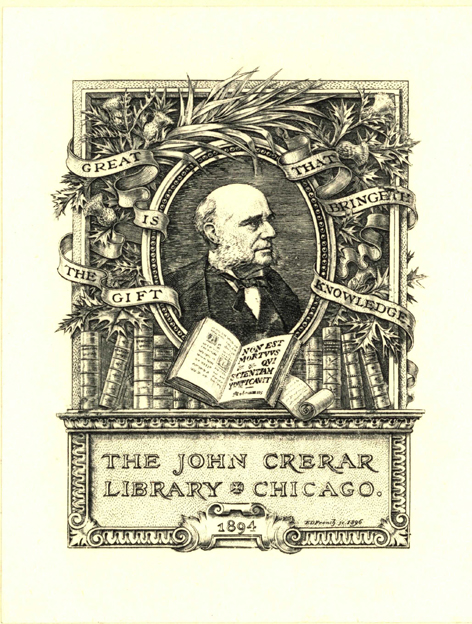Review by Library Journal Review
In this unusual collaboration Liller, a professional astronomer, and Mayer, a gifted amateur, have written alternating chapters. Unlike many introductory works the book emphasizes the satisfaction amateurs can derive from astrophotography, either with or without a telescope. Mayer provides with enthusiasm much practical advice and encouragement for beginners in astrophotography, and Liller fills in the scientific background. Except for a perfunctory, non-too-accurate review of the history of astronomy, the text is reliable, and the two sets of chapters mesh well. Recommended for public and academic libraries. Jack W. Weigel, Univ. of Michigan Lib . , Ann Arbor (c) Copyright 2010. Library Journals LLC, a wholly owned subsidiary of Media Source, Inc. No redistribution permitted.
(c) Copyright Library Journals LLC, a wholly owned subsidiary of Media Source, Inc. No redistribution permitted.
Review by Kirkus Book Review
Great fun for amateur photographers and astronomists lies in this how-to-shoot-the-stars manual, one that might even tempt armchair observers to do-it-themselves. Mayer is the tyro who makes it sound not only easy but cheap. Start with your standard Canon or Nikon, he says. ""Put your money into the best lens you can afford,"" and ""the fastest you can get (low f number)."" Speed is everything because you are going to be making timed exposures and you want to gather as much light as possible. Black-and-white film is fine and Mayer encourages, indeed he guarantees, that you will quickly master and enjoy developing your own film. Liller is the pro, an astronomer currently at Vina del Mar, Chile, who compliments Mayer as ""one of the world's best known, and in many ways most successful, amateur astronomer."" And he complements him, too, because the book is organized in alternate chapters: Mayer takes the odd ones; Liller follows with the evens, providing background lore, vocabulary, and amplyfying details. While the book concentrates on its how-to theme (""A picture a night, a film a month""; ""Go Ahead, get that scope"". . .), there are some astronomical high points. Mayer's Big Moment came inadvertently. He was photographing the Cygnus constellation nightly during August 1975, hoping to catch some meteors in transit. On August 31, he went to an amateur astronomer's party where everyone was talking about a Japanese discovery of a nova the night before--in the same constellation. To his horror, Mayer recalled throwing away three rolls of Cygnus film because he hadn't caught any meteors. Fortunately the wastebasket hadn't been emptied. Moreover, he captured on film the remarkable birth pangs of the exploding star: It had been particularly rapid, but also pulsating most unusually--moving from bright to dark before it achieved its final brilliance. Needless to say, such events are what it's all about: The lure of discovery excites amateurs and professionals alike, adding an extra fillip to the pleasure of observation. With such bait, as the heavens offer, and the enthusiasm conveyed by both authors in their clear, informative prose, the book should find a ready market among enthusiasts who want to do more than just ogle the stars. Copyright ©Kirkus Reviews, used with permission.
Copyright (c) Kirkus Reviews, used with permission.
Review by Library Journal Review
Review by Kirkus Book Review

